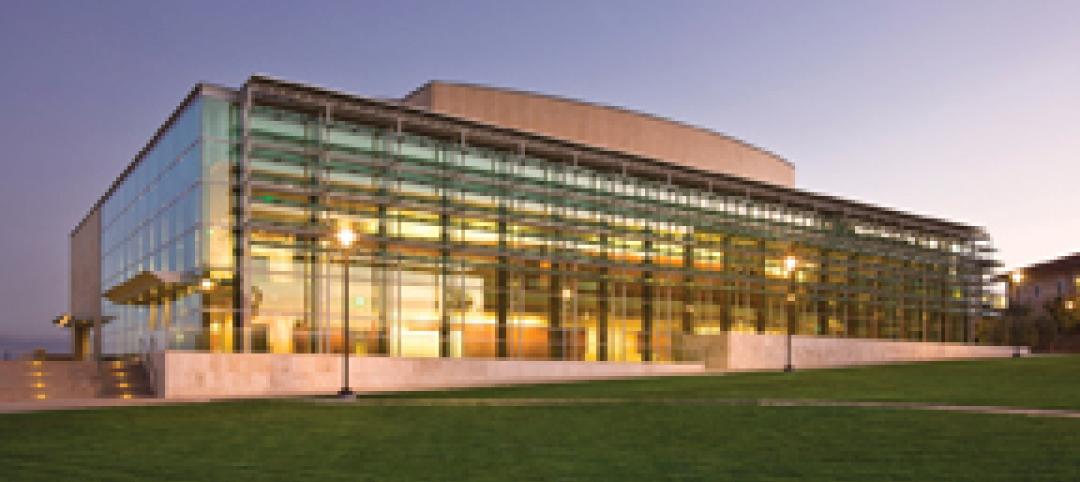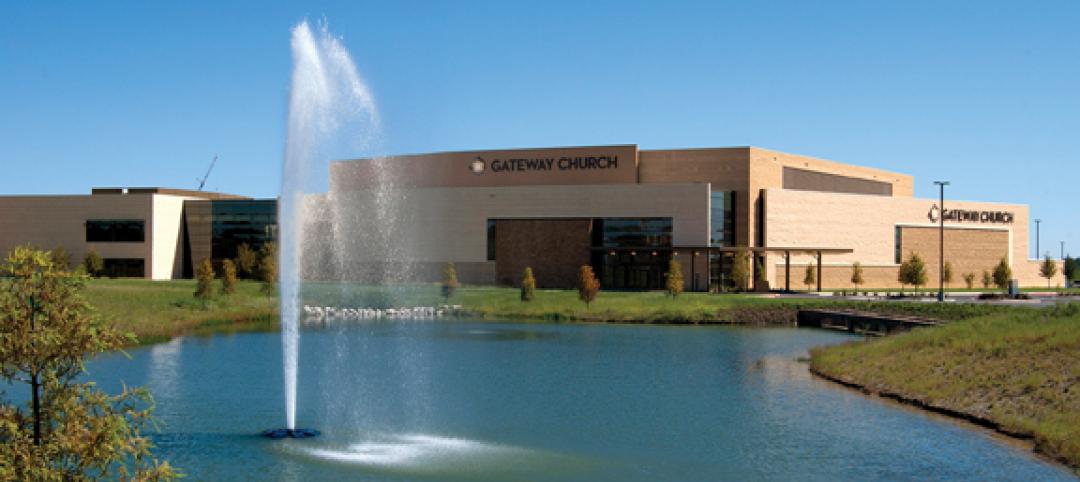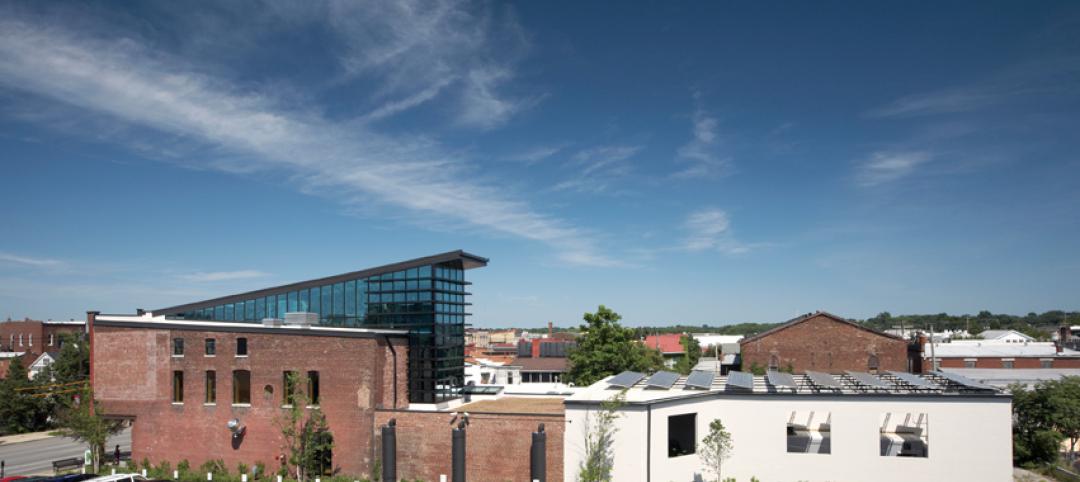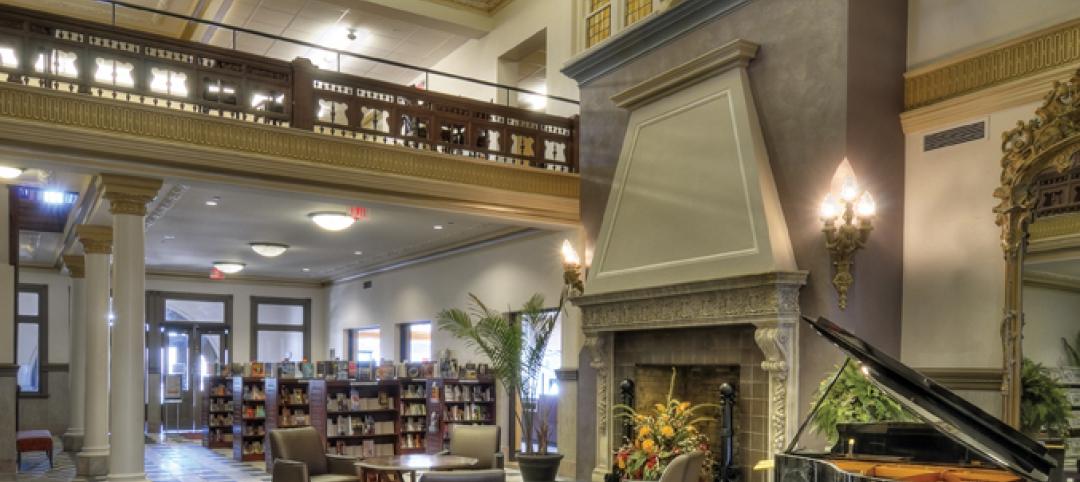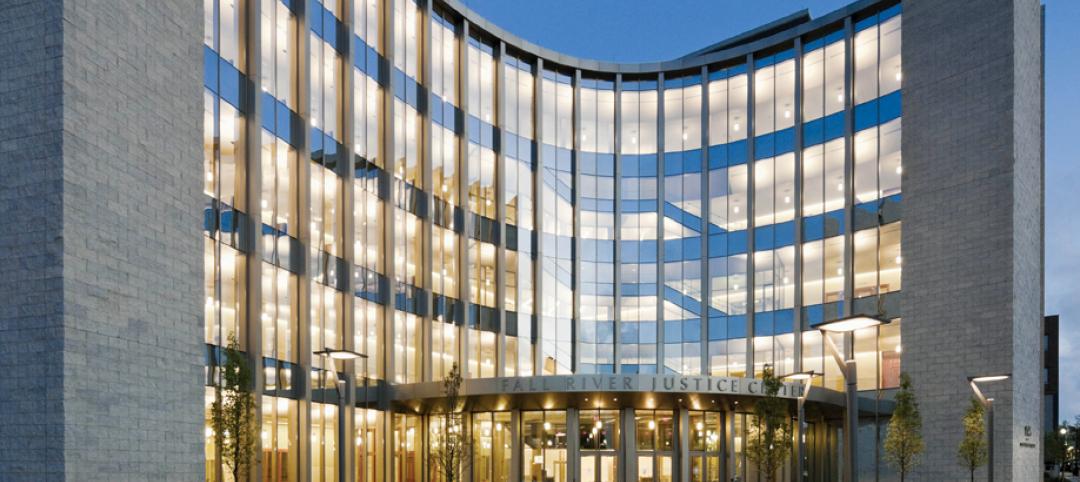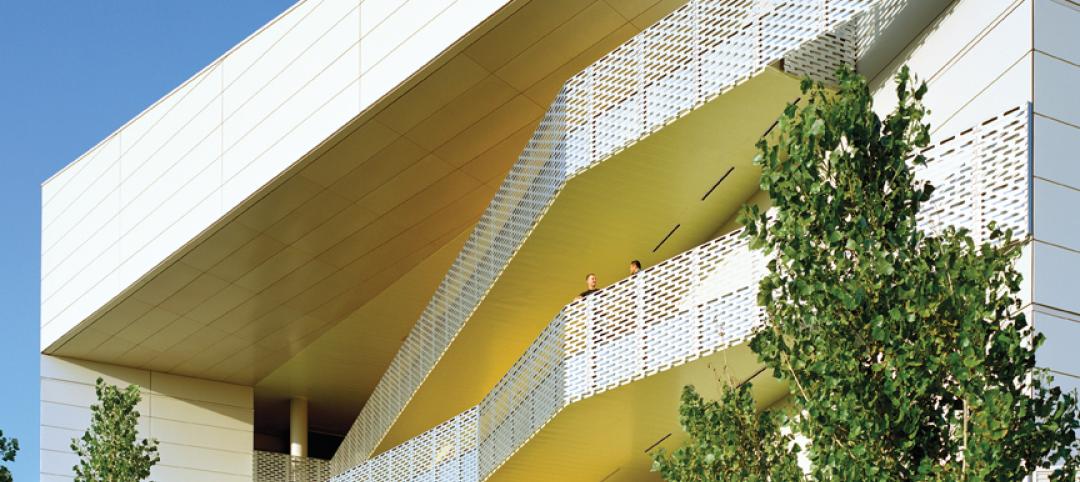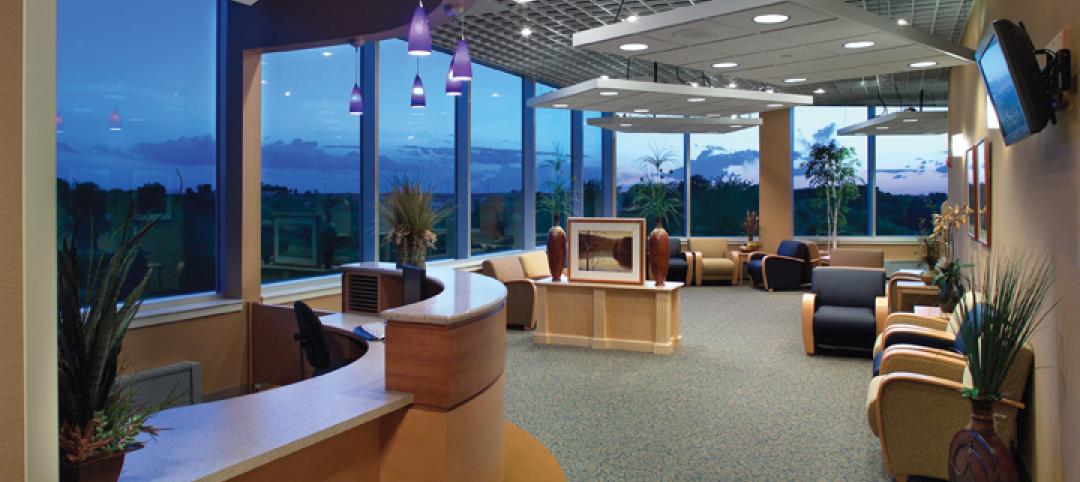Today Abbott Construction announced that they have merged with STO Building Group to become a member of the STO family of companies. The merger will allow both firms to leverage each other’s geographic reach to better serve clients with multiple locations and enhance the services and areas of expertise they can offer across that expanded footprint.
“We see joining the STO family as an exciting next step in what we can offer our clients and our employees without sacrificing who we are and have been for the past 35-plus years,” says Troy Stedman, president and CEO of Abbott. “We know from first-hand experience working together that our companies value integrity, collaboration, and a client-first way of doing business, so formally joining forces makes perfect sense.”
“From our existing relationship working with Abbott on two significant joint venture projects, we are confident that this merger is a great fit for both companies,” says David Layton, president and CEO of Layton Construction, who Abbott will report through. “And with Layton’s proximity to the Pacific Northwest and existing presence in Southern California, we’re looking forward to helping Abbott grow in those core markets.”
Founded in 1983, Abbott is a West Coast commercial builder known for superior planning and execution. They work with clients in a variety of sectors such as healthcare, hospitality, education, non-profit, retail, and tenant interiors. Some of their most notable recent projects include the Mary Bridge Children’s Hospital and University of Puget Sound Welcome Center in Tacoma, WA; FAA Northwest Mountain Regional Headquarters in Des Moines, WA; Big Fish Games Seattle headquarters, the UCLA Margo Leavin Graduate Art Studios in Culver City, CA, and h. Club Los Angeles.
“The Pacific Northwest has been a key strategic market for the STO Building Group, and Abbott is a terrific addition to our family of companies,” says Robert Mullen, STO Building Group CEO. “By joining forces, both firms can leverage each other’s geographic reach and take advantage of each other’s strengths, relationships, geographies, and resources to better serve our clients across the globe.”
Formerly operating as the Structure Tone Organization, STO restructured as the STO Building Group in 2018 to provide a platform for growth that allows each of its member companies to maintain their cultural identity while leveraging the strengths of a multicompany organization. In the last four years, Canadian firm Govan Brown and US firms Ajax Building Company, BCCI Construction, and Layton Construction have merged with STO Building Group.
“The opportunity to merge with such an incredible firm as Abbott is exactly why we shifted our structure to STO Building Group,” says James Donaghy, STO Building Group executive chairman. “We value the reputation and heritage of the firms who merge with our organization, and each has kept its identity as a way to honor that legacy. As we continue to grow, we want to respect that history, but also reflect the collective expertise our companies offer and allow our employees to benefit from the larger organization’s resources.”
Now part of the STO Building Group family of companies, Abbott will keep its identity, and its current leaders will retain an ownership position in the organization and maintain their roles as the senior leadership team of the business. It is anticipated that new job opportunities will be created as a result of the merger to support the company’s projected growth for 2021 and beyond.
Related Stories
| Feb 11, 2011
RS Means Cost Comparison Chart: Office Buildings
This month's RS Means Cost Comparison Chart focuses on office building construction.
| Feb 11, 2011
Sustainable features on the bill for dual-building performing arts center at Soka University of America
The $73 million Soka University of America’s new performing arts center and academic complex recently opened on the school’s Aliso Viejo, Calif., campus. McCarthy Building Companies and Zimmer Gunsul Frasca Architects collaborated on the two-building project. One is a three-story, 47,836-sf facility with a grand reception lobby, a 1,200-seat auditorium, and supports spaces. The other is a four-story, 48,974-sf facility with 11 classrooms, 29 faculty offices, a 150-seat black box theater, rehearsal/dance studio, and support spaces. The project, which has a green roof, solar panels, operable windows, and sun-shading devices, is going for LEED Silver.
| Feb 11, 2011
BIM-enabled Texas church complex can broadcast services in high-def
After two years of design and construction, members of the Gateway Church in Southland, Texas, were able to attend services in their new 4,000-seat facility in late 2010. Located on a 180-acre site, the 205,000-sf complex has six auditoriums, including a massive 200,000-sf Worship Center, complete with catwalks, top-end audio and video system, and high-definition broadcast capabilities. BIM played a significant role in the building’s design and construction. Balfour Beatty Construction and Beck Architecture formed the nucleus of the Building Team.
| Feb 11, 2011
Kentucky’s first green adaptive reuse project earns Platinum
(FER) studio, Inglewood, Calif., converted a 115-year-old former dry goods store in Louisville, Ky., into a 10,175-sf mixed-use commercial building earned LEED Platinum and holds the distinction of being the state’s first adaptive reuse project to earn any LEED rating. The facility, located in the East Market District, houses a gallery, event space, offices, conference space, and a restaurant. Sustainable elements that helped the building reach its top LEED rating include xeriscaping, a green roof, rainwater collection and reuse, 12 geothermal wells, 81 solar panels, a 1,100-gallon ice storage system (off-grid energy efficiency is 68%) and the reuse and recycling of construction materials. Local firm Peters Construction served as GC.
| Feb 11, 2011
Former Richardson Romanesque hotel now houses books, not beds
The Piqua (Ohio) Public Library was once a late 19th-century hotel that sat vacant and deteriorating for years before a $12.3 million adaptive reuse project revitalized the 1891 building. The design team of PSA-Dewberry, MKC Associates, and historic preservation specialist Jeff Wray Associates collaborated on the restoration of the 80,000-sf Richardson Romanesque building, once known as the Fort Piqua Hotel. The team restored a mezzanine above the lobby and repaired historic windows, skylight, massive fireplace, and other historic details. The basement, with its low ceiling and stacked stone walls, was turned into a castle-like children’s center. The Piqua Historical Museum is also located within the building.
| Feb 11, 2011
Justice center on Fall River harbor serves up daylight, sustainable elements, including eucalyptus millwork
Located on historic South Main Street in Fall River, Mass., the Fall River Justice Center opened last fall to serve as the city’s Superior and District Courts building. The $85 million facility was designed by Boston-based Finegold Alexander + Associates Inc., with Dimeo Construction as CM and Arup as MEP. The 154,000-sf courthouse contains nine courtrooms, a law library, and a detention area. Most of the floors have the same ceiling height, which will makes them easier to reconfigure in the future as space needs change. Designed to achieve LEED Silver, the facility’s elliptical design offers abundant natural daylight and views of the harbor. Renewable eucalyptus millwork is one of the sustainable features.
| Feb 11, 2011
Research facility separates but also connects lab spaces
California State University, Northridge, consolidated its graduate and undergraduate biology and mathematics programs into one 90,000-sf research facility. Architect of record Cannon Design worked on the new Chaparral Hall, creating a four-story facility with two distinct spaces that separate research and teaching areas; these are linked by faculty offices to create collaborative spaces. The building houses wet research, teaching, and computational research labs, a 5,000-sf vivarium, classrooms, and administrative offices. A four-story outdoor lobby and plaza and an outdoor staircase provide orientation. A covered walkway links the new facility with the existing science complex. Saiful/Bouquet served as structural engineer, Bard, Rao + Athanas Consulting Engineers served as MEP, and Research Facilities Design was laboratory consultant.
| Feb 11, 2011
A feast of dining options at University of Colorado community center, but hold the buffalo stew
The University of Colorado, Boulder, cooked up something different with its new $84.4 million Center for Community building, whose 900-seat foodservice area consists of 12 micro-restaurants, each with its own food options and décor. Centerbrook Architects of Connecticut collaborated with Denver’s Davis Partnership Architects and foodservice designer Baker Group of Grand Rapids, Mich., on the 323,000-sf facility, which also includes space for a career center, international education, and counseling and psychological services. Exterior walls of rough-hewn, variegated sandstone and a terra cotta roof help the new facility blend with existing campus buildings. Target: LEED Gold.
| Feb 11, 2011
Chicago high-rise mixes condos with classrooms for Art Institute students
The Legacy at Millennium Park is a 72-story, mixed-use complex that rises high above Chicago’s Michigan Avenue. The glass tower, designed by Solomon Cordwell Buenz, is mostly residential, but also includes 41,000 sf of classroom space for the School of the Art Institute of Chicago and another 7,400 sf of retail space. The building’s 355 one-, two-, three-, and four-bedroom condominiums range from 875 sf to 9,300 sf, and there are seven levels of parking. Sky patios on the 15th, 42nd, and 60th floors give owners outdoor access and views of Lake Michigan.
| Feb 11, 2011
Iowa surgery center addresses both inpatient and outpatient care
The 12,000-person community of Carroll, Iowa, has a new $28 million surgery center to provide both inpatient and outpatient care. Minneapolis-based healthcare design firm Horty Elving headed up the four-story, 120,000-sf project for St. Anthony’s Regional Hospital. The center’s layout is based on a circular process flow, and includes four 800-sf operating rooms with poured rubber floors to reduce leg fatigue for surgeons and support staff, two substerile rooms between each pair of operating rooms, and two endoscopy rooms adjacent to the outpatient prep and recovery rooms. Recovery rooms are clustered in groups of four. The large family lounge (left) has expansive windows with views of the countryside, and television monitors that display coded information on patient status so loved ones can follow a patient’s progress.



